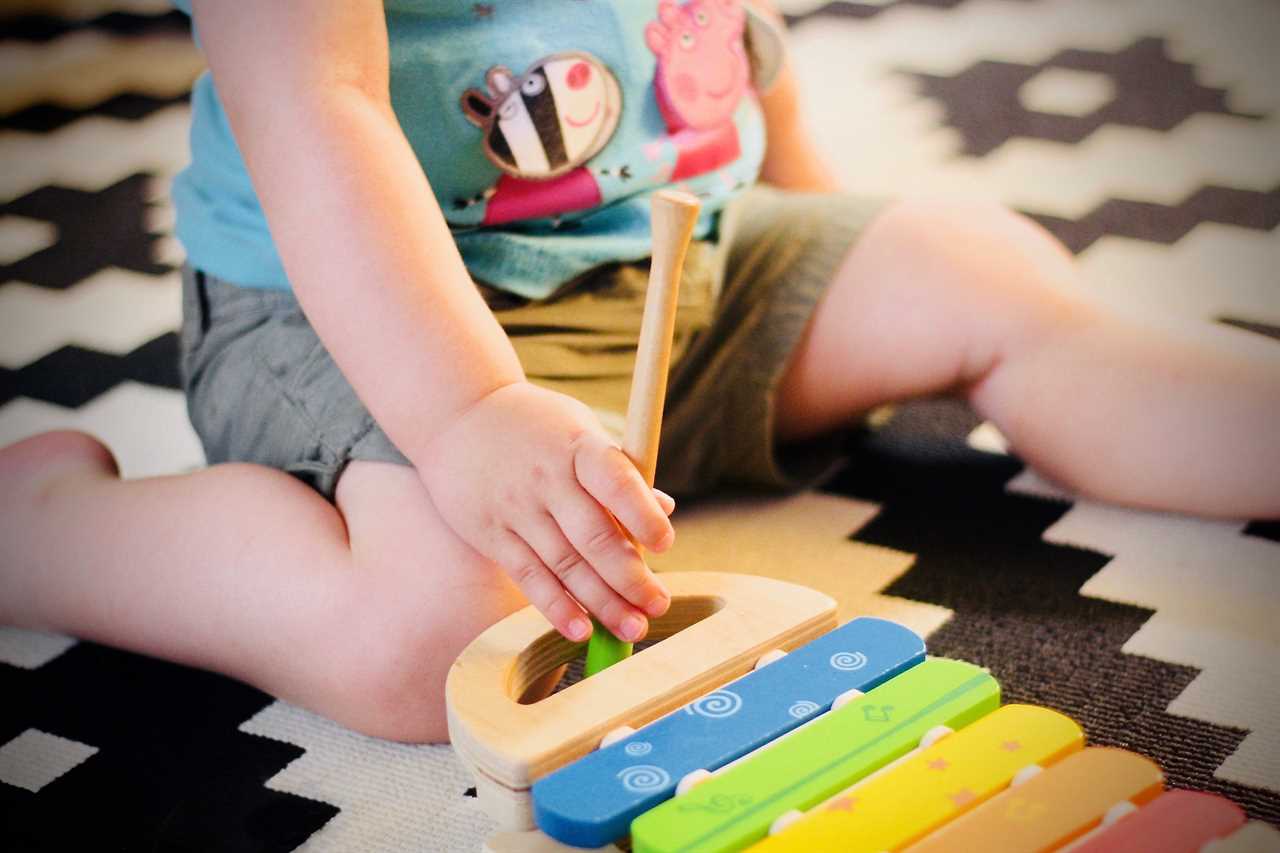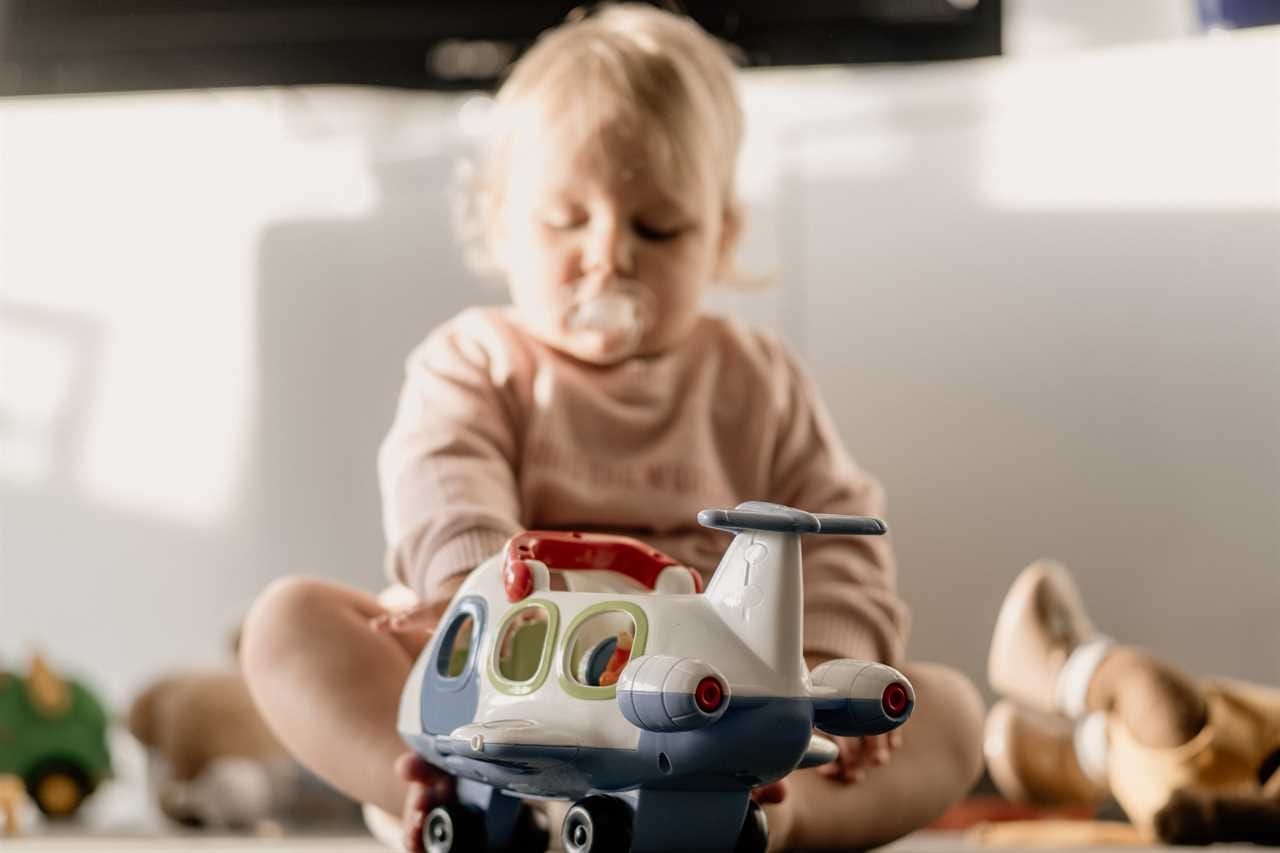In classrooms across the country, educators are discovering the power of fidget toys to support sensory needs and enhance learning. These small objects, such as stress balls and fidget spinners, provide subtle movement and touch input that can improve attention and focus.
By incorporating fidget toys into the classroom environment, teachers are creating a space that allows students to engage their senses and explore their unique sensory preferences.
In this article, we will explore the benefits of fidget toys in the classroom and provide practical guidelines for their use.
Get ready to unleash the power of fidget toys in your classroom!
Key Takeaways
- Fidgets can support attention and learning when introduced thoughtfully in the classroom.
- Understanding the 7 sensory systems and how sensory processing works is important in supporting sensory needs.
- Kids should explore their own unique sensory needs and preferences, and worksheets and resources can help with this process.
- A classroom sensory kit should include a variety of items to appeal to different types of sensory needs and preferences, and involving kids in assembling materials is beneficial.
What Are Fidget Toys
Fidget toys, such as stress balls and fidget spinners, provide a subtle way for students to engage in movement and touch input. These toys come in various forms, from complex gadgets to simple objects that fit in the palm of your hand.
By exploring different types of fidget toys, students can discover their sensory preferences and find the ones that work best for them. Some might prefer the soft squishiness of stress balls, while others might enjoy the spinning motion of fidget spinners. It’s important to encourage students to experiment and find what helps them focus and stay calm.
The Benefits of Fidget Toys in the Classroom
Using fidget toys in the classroom can enhance focus and engagement among students, providing them with a beneficial outlet for their sensory needs. Here are three key benefits of incorporating fidget toys in the classroom:
Improved Attention: Fidget toys can serve as a tool to redirect restless energy and help students maintain focus. By allowing subtle movement and tactile input, fidget toys can help satisfy sensory needs, allowing students to better concentrate on their tasks.

Increased Engagement: Fidget toys can promote active participation and engagement in the learning process. They provide students with a way to channel excess energy and reduce distractions, enabling them to fully engage with the material being taught.
Stress Relief: Fidget toys offer a soothing effect, helping students manage stress and anxiety in the classroom. The repetitive motion and tactile stimulation provided by fidget toys can help students relax, allowing them to better regulate their emotions and focus on their learning.
Understanding Sensory Needs in Education
Teachers can gain a deeper understanding of how sensory needs impact students’ learning experiences. By exploring student preferences and implementing sensory input strategies, educators can create a more inclusive and supportive classroom environment.
Recognizing that each student has unique sensory needs, teachers can encourage students to explore their own preferences and provide validation for their individual experiences. This knowledge allows teachers to introduce sensory materials and tools that cater to different sensory needs, such as fidget toys, movement breaks, and quiet spaces.

By incorporating these strategies, teachers can help students stay calm, alert, and attentive in school. It is important to remember that sensory materials are not distractions, but rather tools that support learning.
Incorporating Fidget Toys Into the Classroom Environment
Students can enhance their focus and engagement in the classroom by incorporating small, handheld objects that provide subtle movement and tactile input. Fidget toys, when introduced effectively, can promote an inclusive classroom environment where students feel supported and empowered in meeting their sensory needs.
Here are three effective strategies for introducing fidget toys to students:
Gradual introduction: Start by introducing one or two fidget toys to students, allowing them to explore and experiment with the toys during designated times. This gradual approach helps students understand the purpose and appropriate use of fidget toys.

Individualized selection: Encourage students to choose fidget toys that work best for them. Providing options allows students to find the fidgets that meet their sensory preferences and needs, promoting a sense of autonomy and agency.
Establish clear guidelines: Set clear expectations for when and how fidget toys can be used in the classroom. This helps create a structured and respectful environment where fidget toys are seen as tools to support learning rather than distractions.
Guidelines for Using Fidget Toys in School
The implementation of clear guidelines ensures that fidget toys are utilized effectively in the school environment. To introduce fidget toys to students, it is important to create a structured plan.
Start by educating both students and teachers about the benefits of fidget toys in supporting sensory needs. Teachers can explain how fidget toys can help students focus and manage their energy.

Next, establish rules and expectations for fidget toy use in the classroom. This includes setting boundaries on when and where fidget toys can be used, as well as teaching students how to use them responsibly.
It is also important to manage fidget toy use in the classroom. Teachers can monitor and provide guidance to ensure that fidget toys are not a distraction to other students.
Building a Sensory Kit for Classroom Support
Creating a comprehensive selection of tools and materials is essential for providing a supportive sensory environment in the classroom. This includes fidget toys and movement break songs/videos. By incorporating DIY sensory tools, teachers can involve students in the assembly process, fostering a sense of ownership and empowerment. This allows students to explore their unique sensory needs and preferences while promoting a sense of freedom and independence.
Involving students in the material assembly also encourages creativity and problem-solving skills. Additionally, incorporating movement and sensory input in learning helps students stay engaged and focused, leading to improved attention and overall learning outcomes.

Engaging Students With Fidget Toys in Learning
Incorporating fidget toys into lessons can enhance student engagement and encourage active participation in the learning process. Sensory play has been shown to promote focus and attention, making it an effective tool for educators.
By providing students with fidget toys, teachers can tap into their natural need for movement and touch, allowing them to channel their energy in a productive way. Fidget toys offer a hands-on, interactive experience that can help students stay focused and actively involved in the lesson.
These toys create a sense of freedom and autonomy, allowing students to explore and discover while still remaining engaged in the classroom setting. By incorporating fidget toys into lessons, educators can create a dynamic learning environment that promotes both academic success and student well-being.
Did you miss our previous article…
https://foozzilla.com/inspiring-testimonials-and-quotes-honoring-veterans-and-supporting-our-country/







